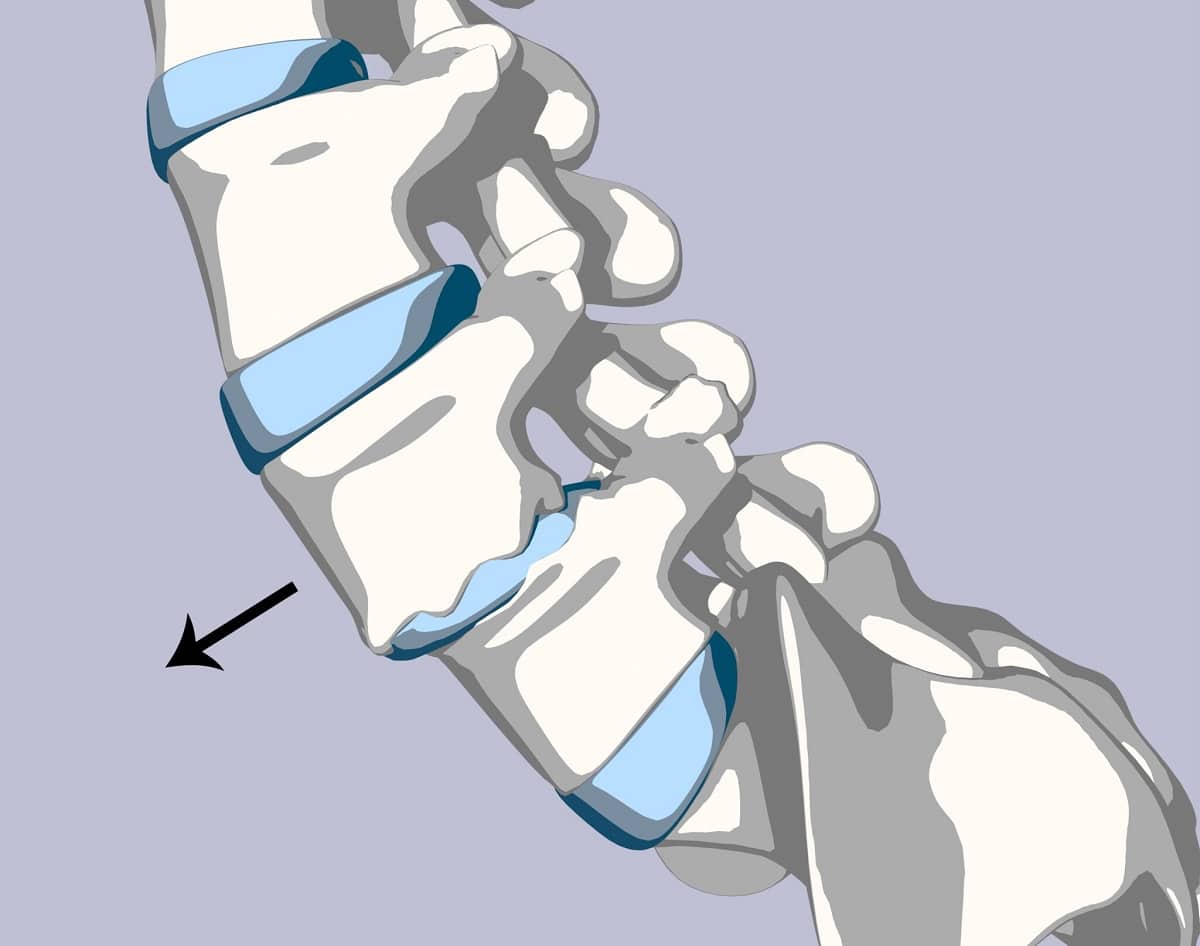Anterolisthesis is a spinal condition characterized by the forward displacement of one vertebra over the one beneath it. This condition can lead to various symptoms, including back pain, stiffness, and nerve compression. If diagnosed with retrolisthesis, it’s essential to explore the available treatment options to manage the condition effectively. We will look at the various treatment options for this condition.
Conservative Management
In mild to moderate cases of anterolisthesis, non-surgical or conservative treatment methods are often recommended as the first line of management. These approaches aim to reduce pain, improve spinal stability, and increase flexibility. Conservative treatments may include:
Physical Therapy
Targeted exercises and stretching routines prescribed by a qualified physical therapist can help strengthen the surrounding muscles and provide support to the affected spinal segment. This can aid in reducing pain and increasing overall spinal mobility.
Pain Medications
Over-the-counter or prescription pain medications, such as NSAIDs, may be prescribed to manage discomfort and inflammation. However, long-term use of pain medications should be under the guidance of a healthcare professional.
Heat/Cold Therapy
The application of heat or cold packs to the affected area can help alleviate pain and reduce inflammation.
Rest and Activity Modification
Avoiding strenuous activities and adopting proper body mechanics can prevent exacerbation of symptoms and aid in the healing process. Read more about which activities to embrace and avoid here.
Bracing
Braces, such as a lumbar support brace, are sometimes prescribed to provide support, stability, and pain relief for the affected spinal segment.
Surgical Intervention
In cases of severe anterolisthesis or when conservative treatments fail to provide adequate relief, surgery may be considered. Surgical options aim to stabilize the affected area, alleviate pressure on nerves, and correct the misalignment. Common surgical procedures include:
Spinal Fusion
This procedure involves joining two or more vertebrae using bone grafts or implants to create a solid, stable structure. Fusion limits the movement of the affected spinal segment and may reduce pain.
Laminectomy
In this procedure, a portion of the affected vertebra, known as the lamina, is removed to relieve pressure on the spinal cord or nerves.
Conclusion
Anterolisthesis can cause discomfort and impact one’s quality of life, but with proper treatment and management, many individuals can find relief from their symptoms. The choice of treatment will depend on the severity of the condition and the individual’s specific needs. It is crucial to work closely with healthcare professionals to determine the most appropriate treatment plan for each case of retrolisthesis.
